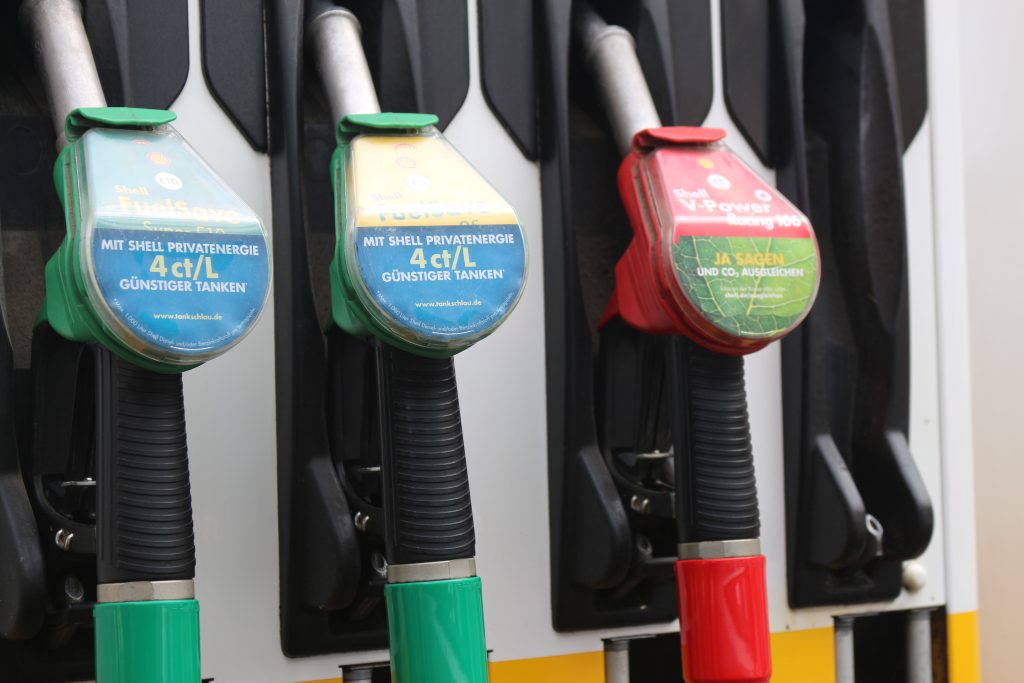People across the United States are feeling pain at the pump lately, with the cost of gas surpassing the 2008 record and surging to all-time highs.
Although gas prices vary by state, it’s common for many areas to see the cost of gas rise above $4 a gallon. These rising gas prices are taking a toll not just on individuals’ wallets, either. Small businesses in various industries, many of which are just starting to rebound from the COVID-19 pandemic, also feel the impact.
Why gas prices are rising and how they relate to inflation
According to the U.S. Energy Information Administration (EIA), the price of gasoline is based on four things:
• Crude oil costs
• Oil refining costs and oil company profits
• Marketing and distribution costs for gas and diesel fuel
• Taxes and other fuel surcharges
Recently, another factor entered into this equation. To counter Russia’s invasion of Ukraine, President Biden imposed a ban on Russian oil imports to the United States.
The price of oil and the average cost of fuel had been rising in the last year, even before Biden made this move, for standard reasons like growing fuel demand because of the economic recovery, financial strains on oil companies, supply chain disruptions, and lack of new drilling. The Russian oil ban made things worse.
The Effects on Different Industries
Gas is a cost for nearly every business, but some industries require more energy and naturally take a bigger hit than others, including:
• Shipping and delivery. Any businesses dealing with shipping, trucking or other types of delivery constantly spend money on gas, so rising prices put an immediate squeeze on their bottom lines.
• Landscaping. Landscapers need gas not only to get to their jobs but also to fuel up their equipment.

• Construction. Rising gas prices can drive up the price of energy-intensive materials like bricks, cement and concrete. Companies that already set fixed prices could find themselves impacted by an increase in their material costs.
• Farming. Farmers need fuel to power their equipment and transport their products to customers.
• Manufacturers. Manufacturers could see a rise in raw materials and their delivery charges.
Supply and Overhead Costs
Prolonged periods of spiking fuel prices raise the everyday costs of doing business, especially if a company has vendors and suppliers that must regularly transport goods or deliver services crucial to daily operations.
Some businesses have been able to cut back fuel consumption significantly by simply reducing their service area; although, for some, this may not work as reducing the distance they travel will, in the short term, reduce their number of customers.
AI technology is also helping fleet managers to improve the efficiency of their fleet. By installing dash cams in their vehicles, they obtain more visibility and control over the way their drivers drive with the added bonus of improving safety.
While some small companies may have resisted using this technology, it now makes sense to invest in dashcams and other software to ensure the efficiency of each vehicle on the road and you can review a guide on the different types of dashcams for trucks.
We have always emphasized the importance of having a good website for your company because it can act as your best tool for marketing and sales. A poorly designed website can repulse people from your business and can cause you to lose customers before you even have them. Get in touch with HyperEffects to work on creating, enhancing, and making the website of your company more user-friendly.

